All Aboard! The conductor blows his whistle and the train begins its journey, chugging along the expanse of plantations along the West Coast of Demerara. Such was the experience of the common Guyanese in the early 1900s. As recently as the 1970s, there was train tracks and greenery that stretched on as far as the eyes could have seen. This was because most of the villages that exist today on the railway embankment on the West Coast of Demerara did not exist. Many persons from the Essequibo Coast and neighbouring islands such as Wakenaam and Leguan made use of the West Coast Railway to get to the city of Georgetown. Transportation by train along the West Coast Railway was a tiresome but necessary to the adults but was an exciting thing for the children. Read on to find out about the history of the West Coast Railway and why it was abandoned.
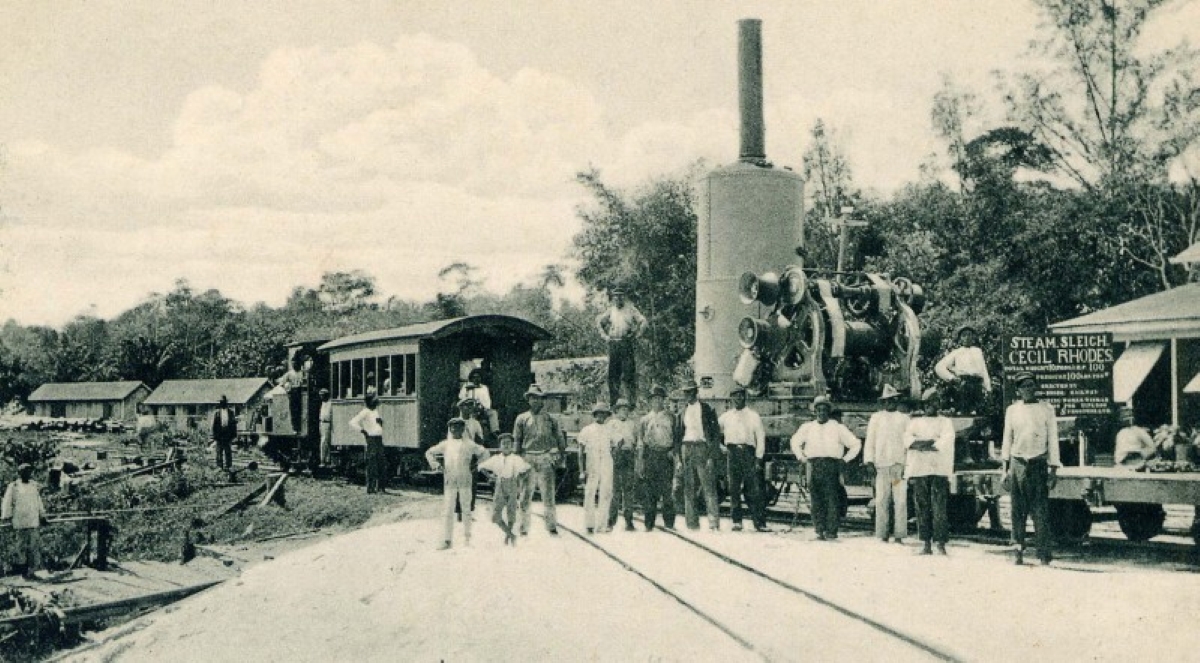
What is the West Coast Railway?
The West Coast Railway was a British Guiana railway that operated on the West Coast of Demerara. The purpose of this railway was to facilitate the transportation of sugar and other produce from the coast to Georgetown for exportation but was also used by the people to get to the city. This railway linked Greenwich Park to Vreeden-hoop on the West Coast of Demerara but was later extended to reach Parika. This was one of the most traversed routes since it linked the Essequibo Coast, Bartica and surrounding islands to Georgetown.
Quite a few trains traversed this route including four (4) Ford Industrial Diesel 64 B.H.P Bagley Locomotives, one (1) Ford V8 Petrol 32 HP locomotive created in 1954, and four (4) Gardner 204 H.P. diesel mechanical locomotives. These trains operated at a maximum speed of twenty miles per hour (20mph). The completed tracks of the railway were eighteen (18) and a half (1/2) miles long with a gauge line of three (3) feet and six (6) inches. Rails of seventy (70) pounds were used in the construction of its foundation and only nine tons were permitted per axle load because of its soft nature.
History of the West Coast Railway
Before the West Coast Railway was built, the people of the then British Guiana travelled on a primitive road along the West Coast of Demerara to Parika on the East Bank of the Essequibo River. This road provided access to the plantations in this area and was located closer to the seawalls than the current West Coast main road. The construction of the West Coast Railway began around the year 1897 and was completed by 1912. At this time, the railway ended at Greenwich Park but Governor Walter Egerton convinced the Demerara Railway Company to expand to Parika thus conveniently creating a link of the Essequibo and Demerara estuaries. This proposal created a lot of controversies and the project was almost abandoned.
The West Coast Railway was subsidized four percent (4%) per annum on the sum of £52, 083. 6s 8d each half-year from the Government of Guyana. However, the railway was still not making a profit and was very expensive to maintain. After paying off some of the debt inherited from the Demerara Railway Company, the Government of British Guiana had the railway nationalized in order to improve its service. It operated under the Transport and Harbours Department.
It was during this time the Government of Guyana began major roadworks and thought the railway was an unnecessary burden to the finances of the state. Transport Economist B.J Smodlaka on February 10th 1962, advised that the railway be maintained in service for both passenger and goods traffic. However, it was until 1971 that Guyana made a decision after hiring the De Leuw Cather & Company of Canada Limited. They proposed a bus system to replace the West Coast Railway, claiming it was more convenient and offered greater flexibility and comfort as compared to the trains. And so, this marked the end of the West Coast Railway system of early colonials days. Buses were introduced and still operate on the Parika to Vreed-en-Hoop route.
Route of the West Coast Railway
The West Coast Railway was built about two miles from the sea, close to the highway and followed the natural contour of the land. Since the track was below sea level, it was sometimes overwhelmed during high tide. There was no hills or sharp courses on the tracks so there was always an obstructed view for at least half (1/2) a mile ahead. However, there were one and three quarter (1 3/4) miles made up of sidings, loops and spurs. The train lines were not fenced in so the public and cattle would sometimes venture across them. The tracks crossed about one hundred and four (104) canals and a steel bridge, known as the Boeraserie Bridge that separated Essequibo Islands-West Demerara region from East Bank Essequibo.
The trains that traversed the West Coast Railway made several stops at intervals from Parika to Vreed-en-Hoop. This includes stops at eight of the train stations located along the way. Some of these train stations were located in the villages of Parika, Greenwich Park, Vergenoegen-the remnants of which still can be seen on the current main road-Leonora and Vreed-en-Hoop.
The West Coast Railway of Guyana
The West Coast Railway was mainly constructed for the benefit of the planters in British Guiana so that they could transport their goods to the capital city of Georgetown. However, many Guyanese used the train since it was the only reliable transportation available on the West Coast. There wereThe West Coast Railway was still in operation a few years after independence until the Government of Guyana decided it was a waste of valuable resources and abandoned it. The railway was uprooted but it is unknown what happened to the tracks. Not only the West Coast Railway but the entire British Guiana railway is a part of Guyana’s history. Traces of the transportation system of our colonial days can be found all over Guyana. On the West Coast, you can find the old Vergenoegen train station, situated on the main road as well as remnants of the Boeraserie Bridge on which the train passed.
Article References
- https://en.wikipedia.org/wiki/Railways_in_Guyana
- https://www.stabroeknews.com/2010/05/20/features/history-of-the-british-guiana-west-coast-railway-1897-1971/
- https://www.stabroeknews.com/2010/02/04/features/transportation-issues-in-british-guiana-in-the-19th-and-20th-centuries/

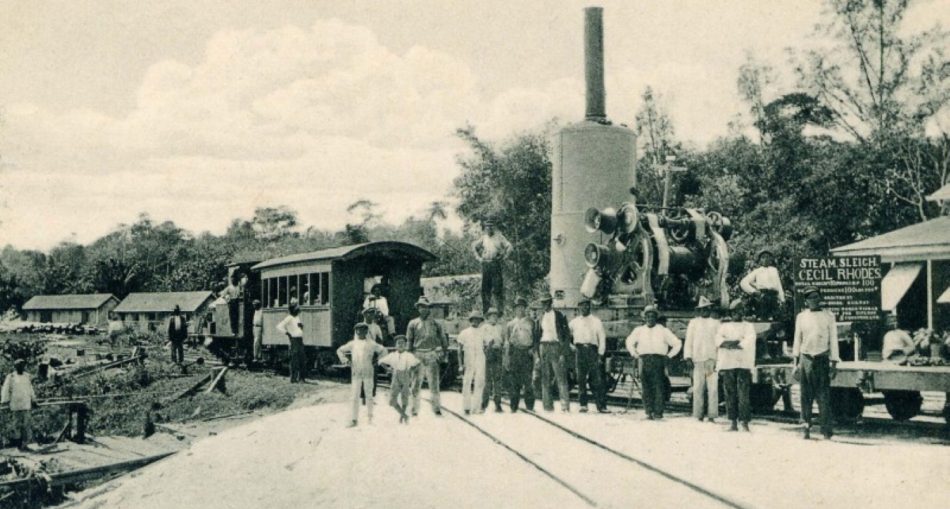
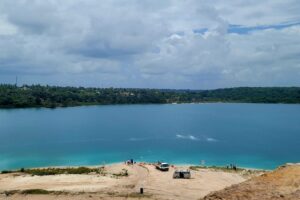

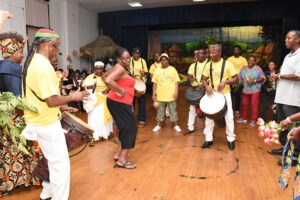
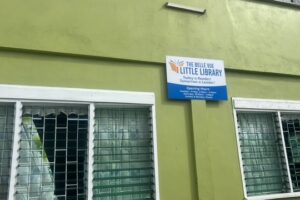
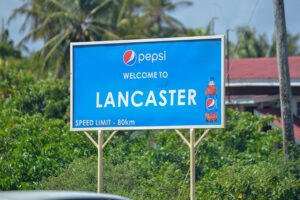
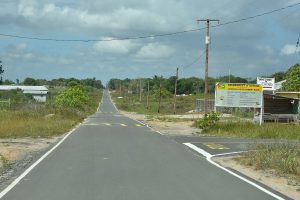
1 Comment
Pingback: Woof! Life with a Furry Friend in Guyana: My Doggie Diary - Things Guyana